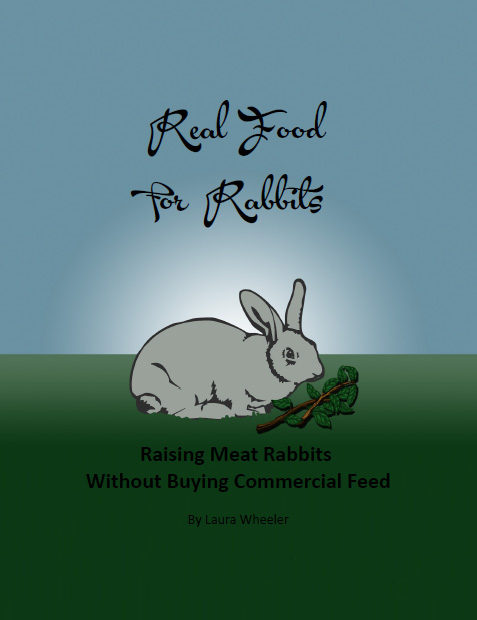Pigeons and the Great Depression
During the Great Depression, there were families who depended upon Pigeons to survive. Indeed, Pigeons made the vital difference for them, in allowing them to get through what otherwise would have been desperate times.
Families would keep pigeons in a loft, a barn, or even a dovecote in the yard, and many homes had pigeon nests built in over the front porch. Most of the pigeons were wild pigeons, which are easily trapped, or which will voluntarily come in to roost if favorable conditions are provided.
The pigeons were free to roam, scavenging food from surrounding crops, fields, hedges, and cities. Pigeons are great flyers, so they can cover many miles in a day, traveling long distances to gather food. Given a nice place to nest, pigeons will take care of themselves.
The pigeon keepers would raid the nests periodically for eggs, and for squabs (young pigeons) that were ready to butcher. The squabs would be dressed out and sold to restaurants, or used to feed the family. Eggs were also used, or sold. Pigeon droppings make great fertilizer, which was used to enhance the vegetable gardens.
During times of scarce natural forage the families fed the pigeons on table scraps and garden scraps. This was sufficient combined with what the pigeons could forage on their own.
This example is often used as a challenge to contemporary farmer wannabes. They hold it up as proof that pigeons are cheap to keep. While there is truth in this, there is also fallacy.
We do not live in the same world that existed during World War I (at which time the Government recommended this method of keeping pigeons), or during the Great Depression. Our laws are more repressive, our neighbors less used to nature up close and personal and more objecting to pigeon droppings, and the natural forage options for pigeons are less acceptable (being contaminated by chemicals in so many ways, whether in the city or in the countryside).
Pigeons are also seen as more of a nuisance, and more subject to extermination if let run wild. This isn't a real problem if you are keeping wild pigeons, because the hole that one leaves in your dovecote will rapidly be filled by another. But an evolution of pigeons has taken place also.
Squabs are bigger now, and expected to be bigger. If you do not mind the smaller ones, this is not an issue. But we have the option of specially bred Utility Pigeons, which are bred to produce squabs that are considerably larger than wild pigeons produce. The breeding stock is also immensely more expensive! So much so that you would not want to risk them being shot down or poisoned by irritated neighbors, or caught by a hungry falcon on the way home.
So the methods of rearing have changed, and the cost equations have changed along with it. What our forbears did in the Great Depression, we simply cannot practically do today.
Pigeons still have a valued place on a well run farm though. They provide tender easily digestible meat (including excellent livers), healthy eggs, feathers for pillows (they do require simple non-chemical treating), droppings for unsurpassed high nitrogen fertilizer, and the byproducts of butchering can be fed to omnivores (dogs, cats, pigs, and even worms or BSF larvae). They can be fed on a range of farming byproducts and minimally processed crops (I'm not suggesting feeding them on garbage, just things like garden scraps, plants gone to seed, etc).
You can't do it like they did, but it is possible to find a new way, right on your farm, JUST for your farm, to raise pigeons in a profitable or cost effective way, to lower grocery prices or even provide income.
Click to Download Your Free Heritage Pickling and Culturing e-Book Now!
Instant Download, NO Registration Required!






